-
 Bitcoin
Bitcoin $117900
0.31% -
 Ethereum
Ethereum $3766
0.28% -
 XRP
XRP $3.176
-0.31% -
 Tether USDt
Tether USDt $1.000
0.00% -
 BNB
BNB $795.6
1.51% -
 Solana
Solana $186.8
-1.09% -
 USDC
USDC $0.9999
-0.01% -
 Dogecoin
Dogecoin $0.2353
-1.33% -
 TRON
TRON $0.3226
1.49% -
 Cardano
Cardano $0.8172
-1.08% -
 Sui
Sui $4.178
3.06% -
 Hyperliquid
Hyperliquid $43.05
-3.39% -
 Stellar
Stellar $0.4367
-0.57% -
 Chainlink
Chainlink $18.62
1.47% -
 Hedera
Hedera $0.2828
6.63% -
 Bitcoin Cash
Bitcoin Cash $584.7
5.65% -
 Avalanche
Avalanche $24.81
2.53% -
 Litecoin
Litecoin $112.8
-0.88% -
 UNUS SED LEO
UNUS SED LEO $8.975
-0.08% -
 Shiba Inu
Shiba Inu $0.00001395
-1.07% -
 Toncoin
Toncoin $3.285
-1.05% -
 Ethena USDe
Ethena USDe $1.001
0.01% -
 Polkadot
Polkadot $4.123
0.76% -
 Uniswap
Uniswap $10.49
-0.18% -
 Monero
Monero $326.5
0.14% -
 Dai
Dai $0.9999
-0.02% -
 Bitget Token
Bitget Token $4.576
0.34% -
 Pepe
Pepe $0.00001247
-1.55% -
 Cronos
Cronos $0.1400
3.77% -
 Aave
Aave $295.1
-0.73%
How to capture the start signal of oversold rebound through the moving average deviation rate?
Use the moving average deviation rate to spot oversold rebounds in crypto trading; combine with RSI and volume for a robust strategy.
Jun 10, 2025 at 05:21 pm
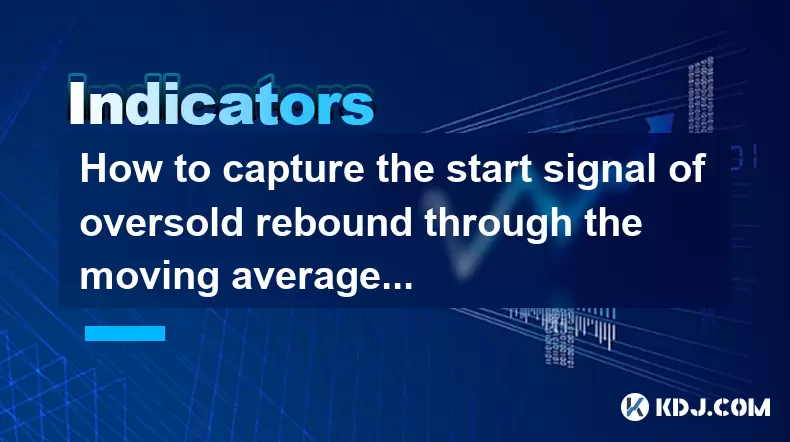
In the world of cryptocurrency trading, understanding and utilizing technical indicators can be crucial for making informed decisions. One such indicator is the moving average deviation rate, which can help traders identify potential oversold conditions and subsequent rebounds. In this article, we will explore how to capture the start signal of an oversold rebound using the moving average deviation rate.
Understanding the Moving Average Deviation Rate
The moving average deviation rate is a technical indicator that measures the deviation of a cryptocurrency's price from its moving average. It is calculated by taking the difference between the current price and the moving average, and then dividing that difference by the moving average. The result is expressed as a percentage.
The formula for the moving average deviation rate is:
[ \text{Moving Average Deviation Rate} = \left( \frac{\text{Current Price} - \text{Moving Average}}{\text{Moving Average}} \right) \times 100 ]
This indicator helps traders identify when a cryptocurrency is significantly deviating from its average price, which can signal potential oversold or overbought conditions.
Identifying Oversold Conditions
An oversold condition occurs when the price of a cryptocurrency has fallen sharply and is considered to be lower than its intrinsic value. This can often be a precursor to a rebound, as market sentiment shifts and buying pressure increases.
To identify an oversold condition using the moving average deviation rate, traders should look for:
- A significant negative deviation from the moving average, typically below -5% to -10%.
- A consistent downward trend in the deviation rate over a period of time.
For example, if the moving average of a cryptocurrency is $100 and the current price is $90, the moving average deviation rate would be:
[ \left( \frac{90 - 100}{100} \right) \times 100 = -10\% ]
This -10% deviation could indicate that the cryptocurrency is in an oversold state.
Setting Up the Moving Average Deviation Rate on Your Trading Platform
To effectively use the moving average deviation rate, you need to set it up on your trading platform. Here’s how you can do it on a popular platform like TradingView:
Open TradingView and select the cryptocurrency you want to analyze.
Click on the 'Indicators' button at the top of the chart.
Search for 'Moving Average' and add it to your chart. Set the period according to your trading strategy (e.g., 20, 50, or 200 periods).
Search for 'Custom Indicator' and add a new custom indicator.
In the custom indicator settings, input the formula for the moving average deviation rate:
study("Moving Average Deviation Rate", shorttitle="MADR")
ma = sma(close, 20) // Example using 20-period SMA
deviation = (close - ma) / ma * 100
plot(deviation, title="Deviation Rate", color=color.blue)Save and apply the custom indicator to your chart.
Now, you should see the moving average deviation rate plotted on your chart, allowing you to monitor it in real-time.
Capturing the Start Signal of an Oversold Rebound
Once you have identified an oversold condition using the moving average deviation rate, the next step is to capture the start signal of the rebound. This involves monitoring the deviation rate for signs of a reversal.
Key indicators that a rebound may be starting include:
- A sudden halt in the downward trend of the deviation rate.
- The deviation rate moving back towards zero from a significantly negative value.
- Increased trading volume, which can indicate growing interest and buying pressure.
For instance, if the deviation rate has been consistently negative and suddenly starts to move back towards zero, this could be a signal that the cryptocurrency is beginning to rebound from its oversold state.
Practical Example of Using the Moving Average Deviation Rate
Let's consider a practical example to illustrate how to use the moving average deviation rate to capture the start signal of an oversold rebound.
Suppose you are monitoring Bitcoin (BTC) and notice the following:
The 20-day moving average of BTC is $20,000.
The current price of BTC drops to $18,000, resulting in a moving average deviation rate of:
[ \left( \frac{18000 - 20000}{20000} \right) \times 100 = -10\% ]
Over the next few days, the deviation rate remains negative but starts to trend upwards, moving from -10% to -8% to -6%.
In this scenario, the steps to capture the start signal of an oversold rebound would be:
- Monitor the deviation rate closely for any signs of reversal.
- Observe the trading volume to confirm increased buying pressure.
- Consider entering a long position when the deviation rate moves back towards zero and the trading volume spikes.
By following these steps, you can effectively use the moving average deviation rate to identify and capitalize on oversold rebounds in the cryptocurrency market.
Fine-Tuning Your Strategy with Additional Indicators
While the moving average deviation rate is a powerful tool, it can be even more effective when combined with other technical indicators. Some additional indicators that can complement the moving average deviation rate include:
- Relative Strength Index (RSI): The RSI can help confirm oversold conditions when it falls below 30.
- Bollinger Bands: These can provide additional context on volatility and price levels.
- Volume Indicators: Increased volume can validate the start of a rebound.
To integrate these indicators into your strategy:
- Add the RSI to your chart and look for readings below 30 to confirm oversold conditions.
- Plot Bollinger Bands on your chart and monitor when the price touches the lower band, indicating potential oversold levels.
- Use volume indicators like the Volume Weighted Average Price (VWAP) to assess buying pressure.
By combining the moving average deviation rate with these additional indicators, you can create a more robust trading strategy that increases your chances of successfully capturing oversold rebounds.
Frequently Asked Questions
Q: Can the moving average deviation rate be used for all cryptocurrencies?
A: Yes, the moving average deviation rate can be applied to any cryptocurrency. However, the effectiveness may vary depending on the liquidity and volatility of the specific cryptocurrency.
Q: How often should I check the moving average deviation rate?
A: The frequency of checking the moving average deviation rate depends on your trading strategy. For short-term trading, you might check it multiple times a day, while for longer-term strategies, daily or weekly checks may be sufficient.
Q: Is the moving average deviation rate suitable for beginners?
A: While the moving average deviation rate is a relatively straightforward indicator, beginners should combine it with other indicators and practice using it in a demo account before applying it to live trading.
Q: Can the moving average deviation rate be used in conjunction with fundamental analysis?
A: Yes, combining the moving average deviation rate with fundamental analysis can provide a more comprehensive view of a cryptocurrency's potential. Fundamental analysis can help validate the technical signals provided by the moving average deviation rate.
Disclaimer:info@kdj.com
The information provided is not trading advice. kdj.com does not assume any responsibility for any investments made based on the information provided in this article. Cryptocurrencies are highly volatile and it is highly recommended that you invest with caution after thorough research!
If you believe that the content used on this website infringes your copyright, please contact us immediately (info@kdj.com) and we will delete it promptly.
- Cryptos to Watch in 2025: Punisher Coin, Chainlink, and the Altcoin Arena
- 2025-07-27 18:30:13
- Bitcoin, Altcoins, Rebound: Navigating the Crypto Comeback Trail
- 2025-07-27 18:30:13
- Ethereum, Bitcoin, and Altcoins: A Shift in Crypto Tides?
- 2025-07-27 19:10:13
- Windtree Therapeutics' Bold BNB Strategy: A $520 Million Crypto Play
- 2025-07-27 19:10:13
- Solana, Staking, and Unilabs: What's the Buzz in the Crypto Space?
- 2025-07-27 16:50:13
- VeChain, HBAR, Remittix: Navigating the Crypto Landscape in 2025
- 2025-07-27 17:10:12
Related knowledge
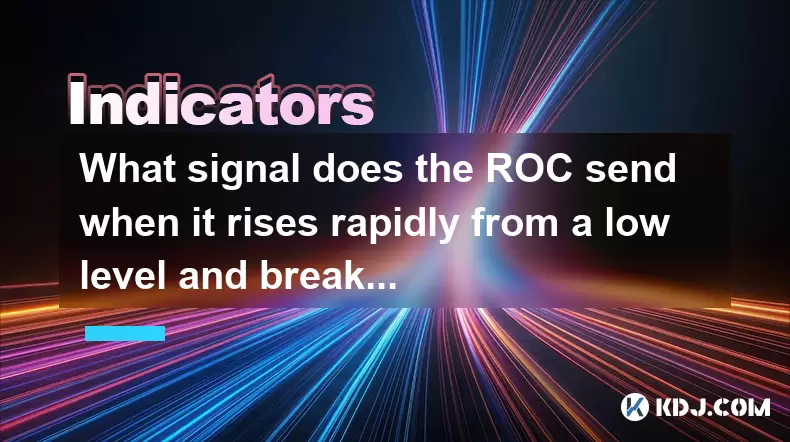
What signal does the ROC send when it rises rapidly from a low level and breaks through the zero axis?
Jul 27,2025 at 10:15am
Understanding the Rate of Change (ROC) IndicatorThe Rate of Change (ROC) is a momentum-based oscillator used in technical analysis to measure the perc...
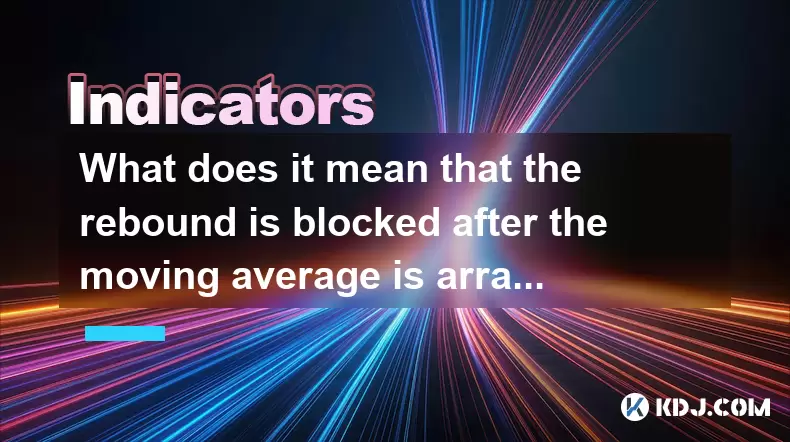
What does it mean that the rebound is blocked after the moving average is arranged in a short position for the first time?
Jul 26,2025 at 10:51am
Understanding the Short-Term Moving Average ConfigurationWhen traders refer to a 'short position arrangement' in moving averages, they are describing ...
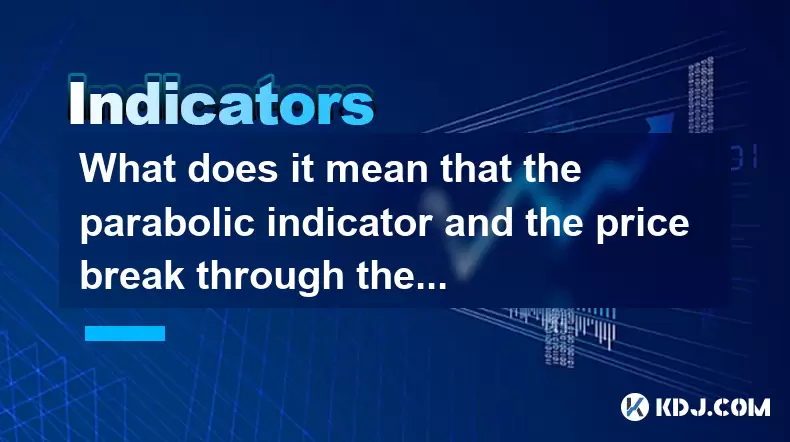
What does it mean that the parabolic indicator and the price break through the previous high at the same time?
Jul 26,2025 at 07:22pm
Understanding the Parabolic Indicator (SAR)The Parabolic SAR (Stop and Reverse) is a technical analysis tool developed by J. Welles Wilder to identify...
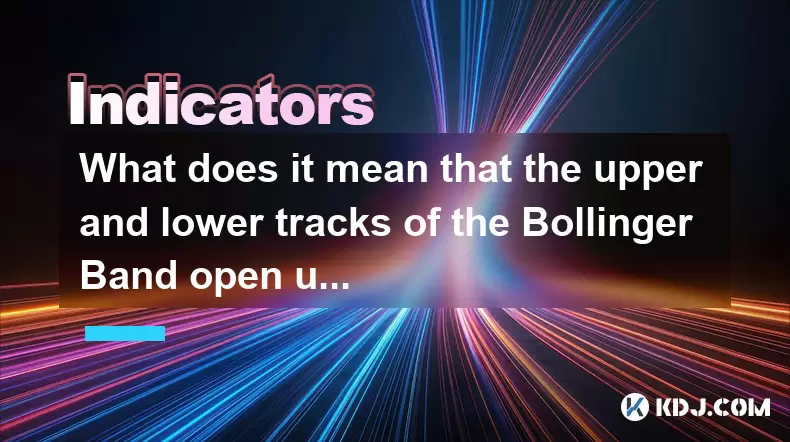
What does it mean that the upper and lower tracks of the Bollinger Band open upward at the same time?
Jul 27,2025 at 02:49pm
Understanding the Bollinger Band StructureThe Bollinger Band is a widely used technical analysis tool developed by John Bollinger. It consists of thre...
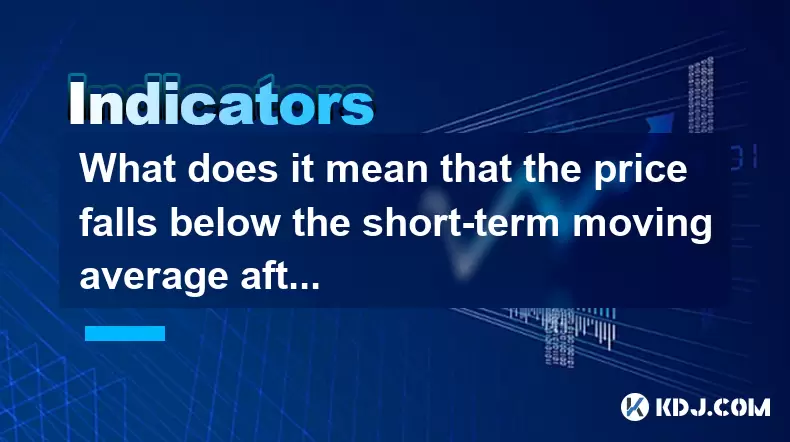
What does it mean that the price falls below the short-term moving average after the RSI top divergence?
Jul 26,2025 at 11:01pm
Understanding RSI Top Divergence in Cryptocurrency TradingThe Relative Strength Index (RSI) is a momentum oscillator widely used in cryptocurrency tra...
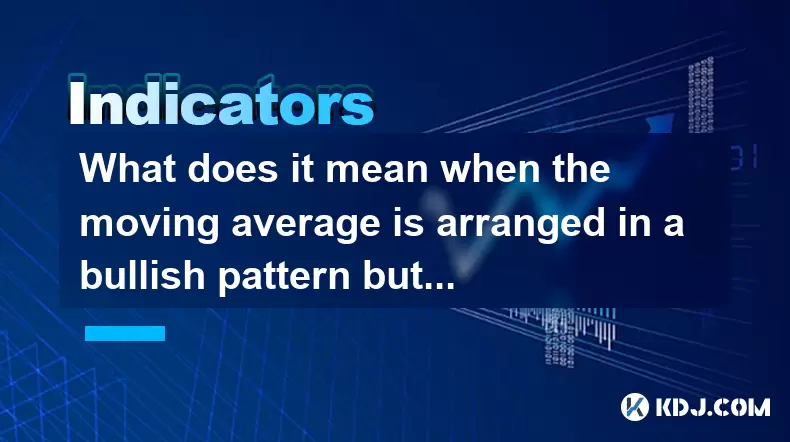
What does it mean when the moving average is arranged in a bullish pattern but the MACD bar is shortened?
Jul 27,2025 at 06:07am
Understanding the Bullish Moving Average PatternWhen traders observe a bullish moving average pattern, they typically refer to a configuration where s...

What signal does the ROC send when it rises rapidly from a low level and breaks through the zero axis?
Jul 27,2025 at 10:15am
Understanding the Rate of Change (ROC) IndicatorThe Rate of Change (ROC) is a momentum-based oscillator used in technical analysis to measure the perc...

What does it mean that the rebound is blocked after the moving average is arranged in a short position for the first time?
Jul 26,2025 at 10:51am
Understanding the Short-Term Moving Average ConfigurationWhen traders refer to a 'short position arrangement' in moving averages, they are describing ...

What does it mean that the parabolic indicator and the price break through the previous high at the same time?
Jul 26,2025 at 07:22pm
Understanding the Parabolic Indicator (SAR)The Parabolic SAR (Stop and Reverse) is a technical analysis tool developed by J. Welles Wilder to identify...

What does it mean that the upper and lower tracks of the Bollinger Band open upward at the same time?
Jul 27,2025 at 02:49pm
Understanding the Bollinger Band StructureThe Bollinger Band is a widely used technical analysis tool developed by John Bollinger. It consists of thre...

What does it mean that the price falls below the short-term moving average after the RSI top divergence?
Jul 26,2025 at 11:01pm
Understanding RSI Top Divergence in Cryptocurrency TradingThe Relative Strength Index (RSI) is a momentum oscillator widely used in cryptocurrency tra...

What does it mean when the moving average is arranged in a bullish pattern but the MACD bar is shortened?
Jul 27,2025 at 06:07am
Understanding the Bullish Moving Average PatternWhen traders observe a bullish moving average pattern, they typically refer to a configuration where s...
See all articles

























































































